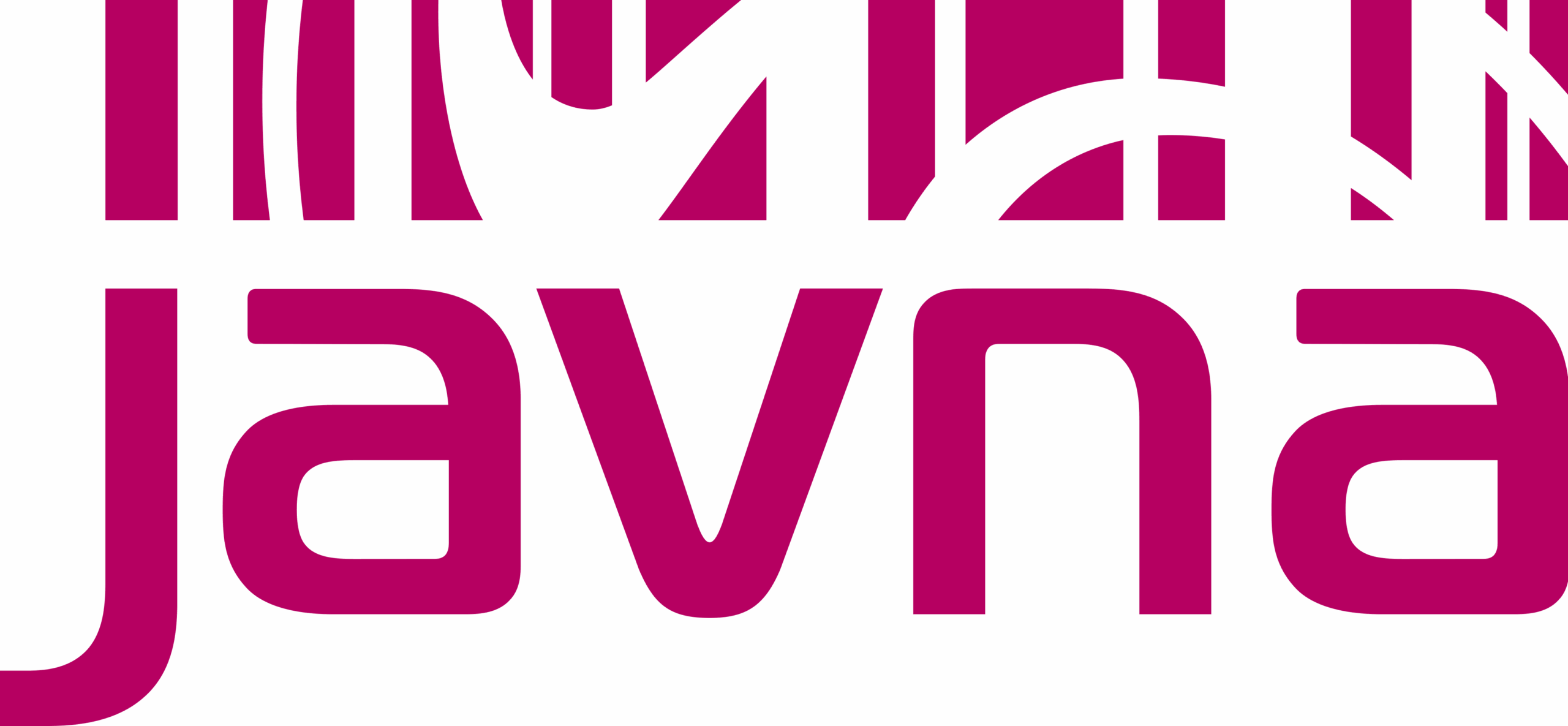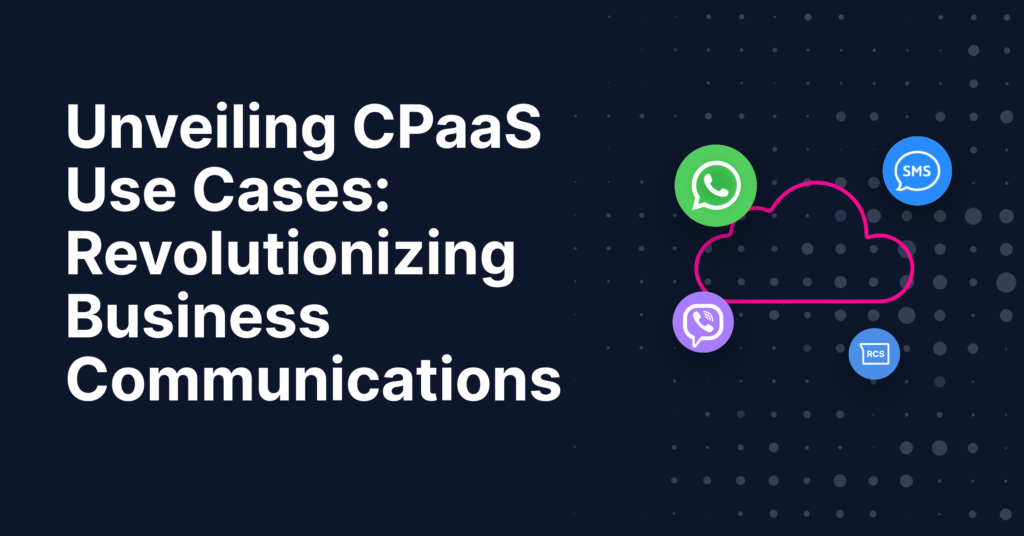CPaaS use cases across various industries demonstrate the transformative power of this technology in revolutionizing business communications.
This article explores how Communication Platform as a Service (CPaaS) enables businesses to innovate and tailor their communication strategies effectively.
You will gain insights into the implementation of CPaaS in sales, travel and hospitality, banking and financial services, and retail and e-commerce sectors.
Discover the potential of CPaaS to enhance customer engagement, improve operational efficiency, and drive growth by unlocking new communication capabilities.
1. CPaaS Impact on Business Communication
Communication Platform as a Service (CPaaS) is a cloud-based framework that allows businesses to integrate communication features such as voice, video, and messaging into their existing applications without significant infrastructure investment.
Its impact on business communication is profound, offering unprecedented flexibility and scalability. CPaaS empowers businesses to create customized communication experiences directly within their software environments, enhancing customer interactions and enabling more efficient internal communication.
This technological advancement facilitates not just operational efficiency but also drives innovation in customer engagement strategies, positioning CPaaS as a critical tool in the digital transformation of business communications.
2. Exploring CPaaS Use Cases
Exploring CPaaS use cases reveals its versatility in enhancing business communication across different departments:
CPaaS technologies enable businesses to offer personalized and efficient customer support through various channels like chatbots, messaging apps, and voice services, significantly improving customer satisfaction.
With CPaaS, sales teams can leverage click-to-call features, video conferencing, and instant messaging to engage with prospects more effectively, leading to increased conversions and customer retention.
CPaaS allows for the automation of marketing communications across channels, enabling targeted messaging based on customer behavior and preferences, which enhances the relevance and impact of marketing efforts.
-
-
Streamlined Internal Communications:
-
Integrating CPaaS solutions facilitates seamless collaboration among team members, regardless of their location, through real-time messaging, voice, and video calls, improving organizational efficiency.
-
-
Real-Time Notifications and Alerts:
-
CPaaS enables the delivery of instant notifications and alerts to customers and employees, ensuring timely communication of critical information, updates, and reminders.
These use cases illustrate how CPaaS serves as a powerful tool for revolutionizing business communications, and driving improvements in customer engagement, sales performance, marketing effectiveness, and internal collaboration.
3. CPaaS in Various Industries
CPaaS technology is reshaping communication across various industries, each leveraging its capabilities to meet unique challenges and objectives:
CPaaS enhances customer experiences with real-time booking confirmations, check-in alerts, and customer service via messaging, improving operational efficiency and guest satisfaction.
It secures communications through OTP for transactions and provides personalized banking assistance, revolutionizing the way customers interact with their financial institutions.
A study by Juniper Research estimates that mobile banking transactions using SMS one-time passwords (OTPs) will reach 30 billion globally by 2025. This highlights the success of CPaaS in enhancing security and user experience in financial transactions.
CPaaS drives personalized shopping experiences with targeted promotions, order updates, and customer support through preferred communication channels, boosting engagement and sales.
A 2022 Klaviyo study found that SMS marketing campaigns have an average click-through rate of 19%, significantly exceeding email marketing rates. This indicates the effectiveness of CPaaS in driving customer engagement within the retail sector.
-
-
Healthcare:
-
It streamlines patient communication with appointment reminders, telehealth consultations, and health alerts, ensuring timely care and support.
A report by Mordor Intelligence suggests that the global healthcare CPaaS market is expected to reach USD 2.24 billion by 2027, with a CAGR of 22.34%. This growth signifies the success of CPaaS in streamlining communication and improving accessibility within the healthcare industry.
-
-
Education:
-
CPaaS facilitates remote learning through virtual classrooms, real-time collaboration, and administrative communication, enhancing educational accessibility and engagement.
In each sector, CPaaS stands out as a catalyst for innovation, enabling more direct, efficient, and personalized communication pathways that align with modern consumer expectations.
4. Implementing CPaaS Solutions
Implementing CPaaS solutions effectively requires attention to key considerations and the ability to overcome common challenges:
-
Key Considerations for Integration
- Compatibility: Ensure the CPaaS platform is compatible with existing business systems and software.
- Security: Prioritize platforms with robust security measures to protect sensitive communication data.
- Customization: Choose a CPaaS solution that offers customizable options to meet specific business needs.
- Scalability: Select a service that can scale with your business, accommodating growth in communication volume.
-
Overcoming Common Challenges
- Technical Integration: Work closely with IT teams or CPaaS providers to smoothly integrate services without disrupting current operations.
- User Adoption: Provide training and support to encourage user adoption and ensure stakeholders understand the benefits of the new system.
- Cost Management: Monitor costs associated with CPaaS solutions, especially as usage scales, to ensure they remain within budget.
- Maintaining Compliance: Stay informed on communication regulations to ensure CPaaS implementations comply with all legal requirements.
By partnering with a provider like Javna, businesses can navigate these challenges more efficiently.
Javna’s expertise and robust support system ensure that technical hurdles are overcome, security is prioritized, and the integration process is streamlined, allowing companies to focus on leveraging CPaaS to enhance their communication strategies without the common pitfalls.
5. Conclusion
In conclusion, CPaaS stands as a cornerstone in the evolution of business communications, offering versatile and innovative solutions across various industries.
By understanding CPaaS use cases, recognizing its impact across sectors, and navigating the integration process effectively, businesses can harness the power of CPaaS to enhance customer engagement, streamline operations, and foster growth.
Embracing CPaaS not only future-proofs communication strategies but also positions businesses to thrive in an increasingly digital world.
You may also be interested in:
Selecting the Ideal CPaaS Provider for Your Business Needs
Choosing the Right SMS Provider: A Guide for Businesses
6. FAQs about CPaaS Use Cases
-
-
What is the use of CPaaS?
-
CPaaS (Communications Platform as a Service) is used to integrate communication features like voice, video, SMS, and messaging into existing business applications without the need for building backend infrastructure.
It enables businesses to enhance customer interaction, automate communications, and streamline internal processes, thereby improving efficiency and customer satisfaction.
-
-
What is the future of CPaaS industry?
-
The future of the CPaaS industry is poised for significant growth, driven by the increasing demand for integrated communication solutions.
Trends suggest a shift towards more AI-driven services, enhanced security features, and the adoption of 5G technology, which will further improve the speed and reliability of communications.
As businesses continue to prioritize customer experience and operational efficiency, CPaaS will play a crucial role in enabling innovative and seamless communication strategies.
-
-
How big is the CPaaS market?
-
In 2022, the worldwide Communications Platform as a Service (CPaaS) market was estimated at $10,106.94 million. Projected to grow at a compound annual growth rate (CAGR) of 37.1%, it is anticipated to reach $67,128.09 million by 2031.
-
-
Who needs CPaaS?
-
CPaaS is essential for businesses seeking to enhance their communication strategies, including those in retail, healthcare, finance, education, and customer service sectors.
It benefits organizations aiming to improve customer engagement, automate communication processes, and integrate advanced communication features seamlessly into their existing applications and services.



